Scaffolding Participatory Evaluation through Ecosystem Actor Mapping
What is an Ecosystem Actor Map?
Intention 2 Impact, Inc. (I2I)’s bread & butter is co-creating and implementing MERL frameworks for funders of social change initiatives. An integral part of a MERL framework is an ecosystem actor map, which is a visual representation of all actors (i.e., individuals, communities, organizations, and networks) influencing/influenced by and impacting/impacted by a foundation’s work.
From Stakeholders to Ecosystem Actors
The first step of most evaluation frameworks is to “engage stakeholders” to understand the context of the program and plan evaluation activities. In recent years, researchers and evaluators have recognized the colonial roots of the term “stakeholder” — originating from a time when colonists would plant stakes in land to claim ownership. This land, however, was already managed and shared by Indigenous communities and thus could not be claimed by colonists.
At I2I, we are constantly striving to decolonize our work by unlearning oppressive ways of working and adopting more inclusive terms. We have recently stopped using the term “stakeholder,” and are embracing the term “ecosystem actors” in its place. In making this small, yet purposeful pivot, we also started rethinking our practices about who should be included in an evaluation process and why.
It Takes a Village: Primary Users → Steering Committee → Ecosystem Actors
As pragmatists and utilization-focused evaluators, we believe it is important to kick-off MERL frameworks by engaging the primary intended users (i.e., foundation staff and decision-makers) to understand the most important needs and decision-making junctures.
After an initial kick-off meeting(s), we work closely with these primary users to identify a wider steering committee of individuals who represent diverse perspectives about a foundation’s strategy or portfolio. For example, the steering committee may include community members, partners, grantee partners, or subject matter experts.
Once the steering committee is formed, the next step is to work with both the primary users and steering committee to identify, prioritize, and map all ecosystem actors to identify who should be included in MERL framework data collection and sensemaking.
Distinct Roles
The role of primary intended users is to maximize feasibility and utility by ensuring the MERL framework is grounded in the organization’s values and infrastructure. Meanwhile, the role of the steering committee is to maximize accuracy, relevance, and sustainability of the framework through their external vantage points and expertise. And lastly, the process of mapping ecosystem actors ensures diversity, equity, and inclusion by identifying whose voices should be represented to fully understand how, if at all, the portfolio or strategy is impacting systems.
Because the process of identifying and engaging ecosystem actors is critical to DEI, you may be wondering why it is the third stage of our participatory process rather than the first stage. For DEI processes to be meaningful and sustainable, we believe they must be intentional at every step. Diversity and inclusion without intention can lead to unnecessary burden, extraction, or tokenism. Centering equity requires understanding power dynamics of a system and being thoughtful about when and how to engage actors to ensure their participation is purposeful rather than performative.
Ecosystem actor maps can help assess the power dynamics of the system by unpacking who is influencing and impacted by the work (positively or negatively). It is important to note that understanding actors who strongly oppose or present challenges to a program or strategy is just as important as understanding proponents. In social change initiatives, collecting data and learning from opposition is extremely relevant in driving effective strategy.
Creating an Ecosystem Actor Map
Like all MERL processes, there are many ways to create an ecosystem actor map depending on the context. However, here are some steps that we are experimenting with:
Identify the foundation’s goals through a Theory of Change (ToC) or Strategic Plan (if there is no ToC or strategic plan, that is a whole different process that should be completed before the ecosystem actor map).
Lead a workshop (or develop a short survey) to identify the ecosystem actors by asking the primary users and steering committee:
Who are all the people or organizations who influence [the goals of a program/strategy]?
Who are all the people or organizations who are impacted by [the goals of a program/strategy]?
Discuss how ecosystem actors influence or are impacted by the goals.
Plot ecosystem actors on a 2x2 matrix of influence (X-axis) and impact (Y-axis) by their significance (most influential/impacted to least).
Prioritize which ecosystem actors to engage as part of data collection — depending on the learning and evaluation questions driving the MERL framework priorities (these should be developed beforehand).
Develop a conceptual map of the priority ecosystem actors to visualize their connections to one another.
Leverage the ecosystem actor matrix and mapping exercises as a tool to inform MERL framework data sources based on the priority learning and evaluation questions.
Use MERL data to validate & refine the ecosystem actor map over time.
Ecosystem actor mapping ensures we are intentional about scaffolding participatory evaluation processes. Feel free to reach out if you’d like to learn more about how we design and implement 360° MERL frameworks!




